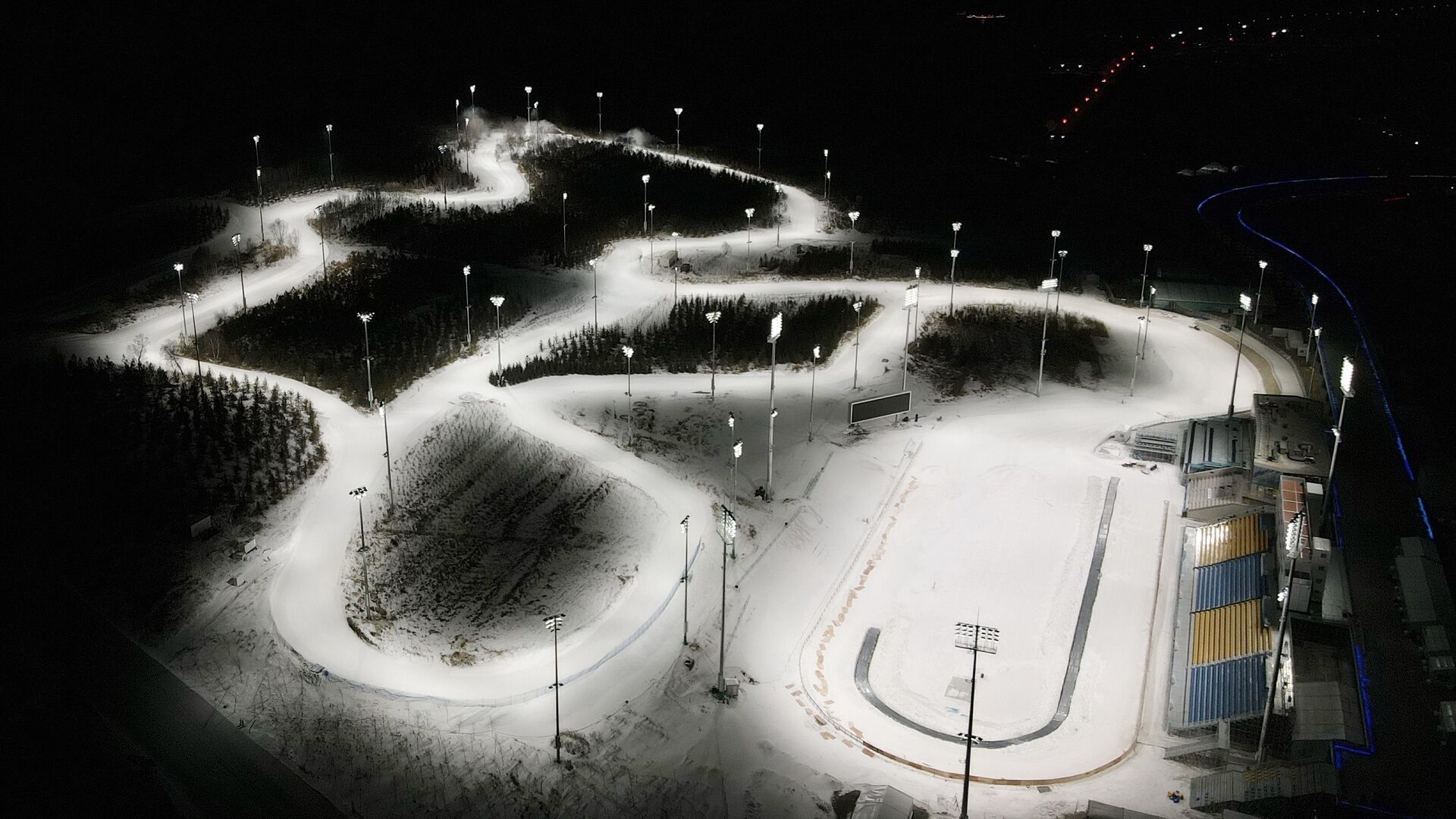
#Freestyle dash 3 weather full#
Male swimmers wore full body suits up until the 1940s, which caused more drag in the water than their modern swimwear counterparts. The 1912 Olympics, held in the Stockholm harbor, marked the beginning of electronic timing. A 100-meter pool was built for the 1908 Olympics and sat in the center of the main stadium's track and field oval. The 1904 Olympics freestyle race was the only one ever measured at 100 yards, instead of the usual 100 meters. In the first four Olympics, swimming competitions were not held in pools, but in open water (1896 – the Mediterranean Sea, 1900 – the Seine river, 1904 – an artificial lake, 1906 – the Mediterranean Sea). Times have consistently dropped over the years due to better training techniques and to new developments in the sport. As with all competitive events, false starts can lead to disqualification of the swimmer. However other than this any form or variation of strokes is considered legal with the race. Some of the few rules state that swimmers must touch the end of the pool during each length and cannot push off the bottom, hang on the wall, or pull on the lane lines during the course of the race. During the Olympic Games, front crawl is swum almost exclusively during freestyle.

Cavill and his brothers spread the Australian crawl to England, New Zealand and America, creating the freestyle used worldwide today.

Cavill developed the stroke by observing a young boy from the Solomon Islands, Alick Wickham. Front crawl is based on the Trudgen that was improved by Richmond Cavill from Sydney, Australia. For the freestyle part of medley swimming competitions, however, one cannot use breaststroke, butterfly, or backstroke. Individual freestyle events can also be swum using one of the officially regulated strokes ( breaststroke, butterfly, or backstroke). During a race, the competitor circles the arms forward in alternation, kicking the feet up and down ( flutter kick).

The front crawl is most commonly chosen by swimmers, as this provides the greatest speed. 5 Olympic or long course world champions in freestyleįreestyle swimming implies the use of legs and arms for competitive swimming, except in the case of the individual medley or medley relay events.


 0 kommentar(er)
0 kommentar(er)
